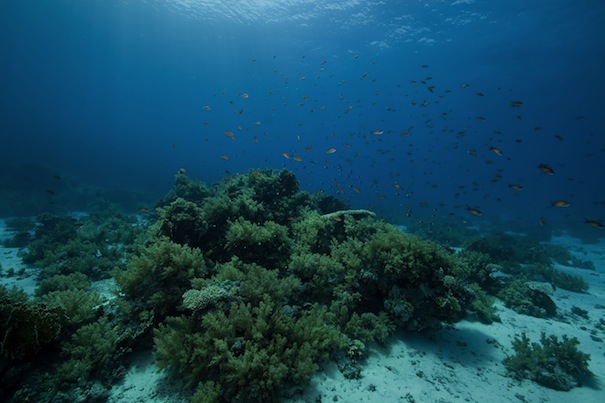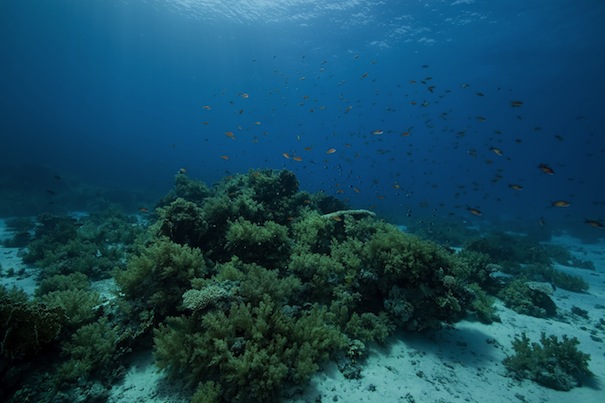
Most people will never see a real-life eel. They are a creature that tends to dwell in our subconscious, shrouded in mystery and fable. Ed Andrews finds out more about this curious creature and the plans to keep it flourishing in our mighty Severn.
It’s said that huge eels covered in horse hair live in the peat bogs of Connemara in the west of Ireland. In his seminal book The Compleat Angler, Izaak Walton described how inhabitants of Lancashire were said to dig eels from the earth, despite there being no water nearby. It’s even been suggested that eels grow from the hair of dead sailors. The reason there are so many myths and legends associated with eels is that we still don’t really understand their complete lifecycle. One thing we do know is that they undertake one of the most amazing migrations in the natural world.
An irreversible impact
Earlier in the year I received an email asking if Severn Valley Country Park would like to be involved in an eel conservation project; readers may have seen the project featured on BBC’s Springwatch. It’s been reported that the European eel population has dropped by 95% over the last 25 years; what’s caused this decline isn’t clear, but one suggestion is that man-made structures such as weirs and dams are affecting the movement of eels through our rivers. The River Severn is one of the most important rivers in Europe for eels, and the aim of the project was to transfer young eels, or elvers, from the lower to the upper reaches of the river, bypassing many obstructions and allowing the eels to reach good nursery grounds.
In April, 45,000 elvers were caught in the tidal stretch of the Severn below Tewkesbury Weir by licensed fishermen known as elvermen. Normally, elvermen sell their wares to expensive restaurants but, in this case, the young eels were transferred to large tanks to be cared for.
Our role was to house some of the elvers in a tank in the Visitor Centre, to allow people to see these incredible creatures up-close. Education is a key part of any conservation project – people need to appreciate a species before they’ll take action to help conserve that species. Eels are unusual looking creatures, with a fin that stretches almost the whole length of the body, piercing eyes and a mouth that rhythmically opens and closes. The exhibit proved popular with young and old alike.
Freedom!
Eventually it was time to release the elvers into the river. As I neared the edge of the water, I was amazed to see one climbing up the wall of the bucket. They are agile beasts and on damp nights are known to leave the river and cross land. I took one last look and then carefully released the elvers into the water. I watched them wriggling between the rocks and mud, getting to know their new surroundings and setting their compass for their onward journey.
The elvers will head upstream and spend the next seven or eight years in the river, growing first into yellow eels and then into silver eels. The silver eel is the sexually mature adult, and it undertakes an amazing journey. The eels swim back down-river into the estuary; their eyes develop and the eye pigments change to give them better vision in the sea. They then swim 7000km across the ocean; remarkably, their gut dissolves for the journey, meaning they can’t feed and have to rely on stored energy. The Sargasso Sea is a particularly deep area of the North Atlantic Ocean near the Bahamas. It is still not known exactly how and why all European eels should travel to this remote sea to spawn, and spawning has never been witnessed. What is known is that tiny larvae return from the Sargasso Sea, buoyed along by oceanic currents, and grow into transparent glass eels. Once the glass eels reach the estuary, they develop pigmentation in the skin and become elvers. The cycle starts again with the elvers moving up-river.
Coming full circle
The eel conservation project has been spear-headed by the Sustainable Eel Group, who are also researching ways of making dams, weirs and flood defences navigable by eels using fish passes and other structures. This year saw record levels of glass eels entering the Severn estuary; hopefully a good omen for the project and for the future of the species. As you read this article some of the elvers I released into the river should be making their way past the bylet, under the bridge and on towards Ironbridge. Through plunging pools and tumbling shallows they will swim, on their moonlit journey from the Sargasso to the Severn.
Do one thing for wildlife this month…
Many of our native fish are under threat from over-fishing and habitat destruction. You can do your bit to help their survival by choosing sustainably sourced fish. The Marine Conservation Society have produced an online guide. Visit fishonline.org for more details.






